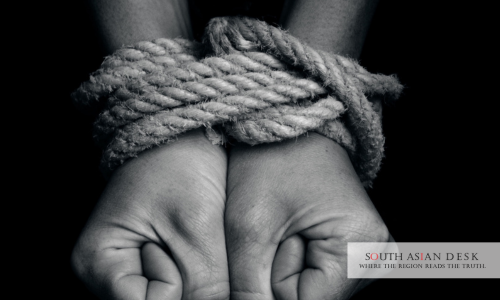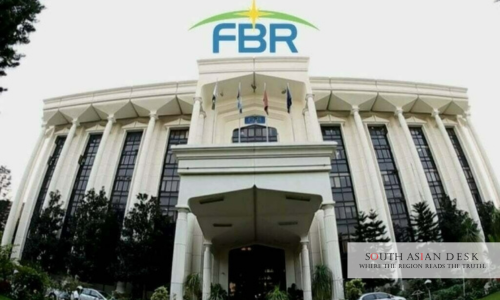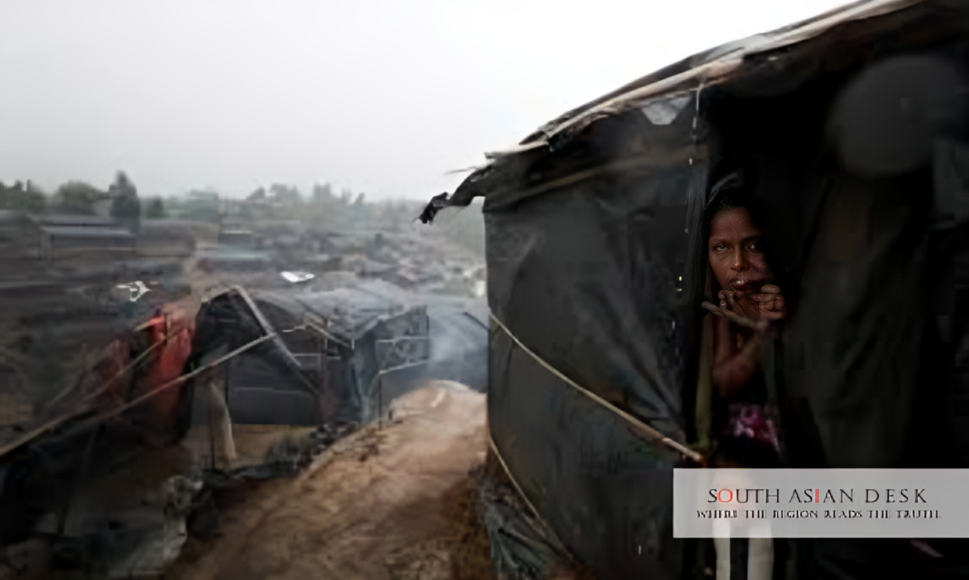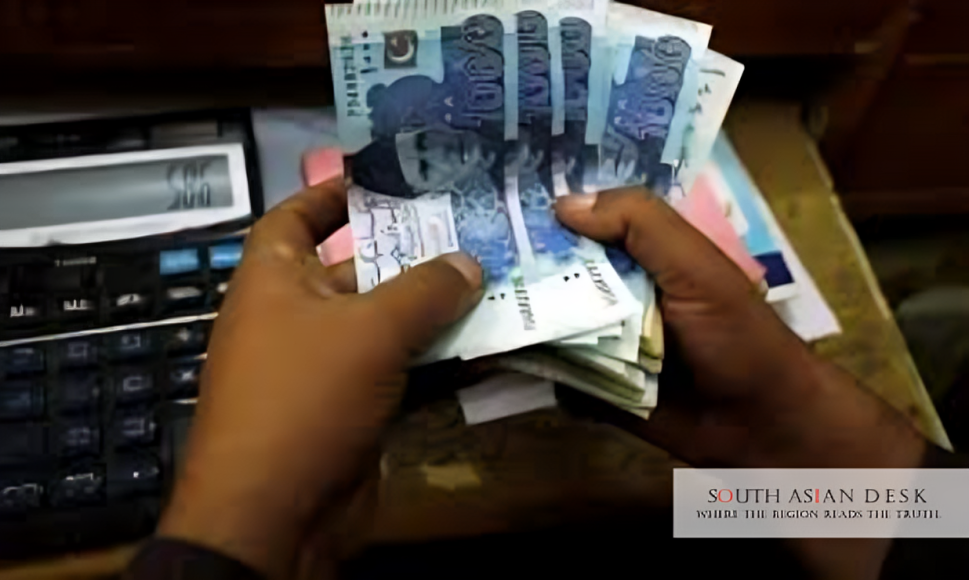The US State Department released its Trafficking in Persons Report 2025 on Monday, August 25, 2025, at 4:35 PM. It placed Pakistan and India on the Pakistan India US human trafficking watchlist. Both nations show significant efforts but fail minimum standards. The report covers 188 countries and highlights forced labour and sex trafficking.
This placement underscores vulnerabilities across South Asia. Human trafficking networks exploit porous borders and economic disparities. It threatens stability in Pakistan, India, Bangladesh, and Afghanistan. Over 50 million people face modern slavery risks regionally, per UN estimates. Aid restrictions loom if progress stalls.
Pakistan India US Human Trafficking Watchlist Details
The Pakistan India US human trafficking watchlist signals urgency for both countries. The US TIP report Pakistan section notes Pakistan as a source, transit, and destination for trafficking. Men, women, and children endure forced labour in brick kilns, agriculture, and fishing. Sex trafficking targets women and girls from Afghanistan and Iran.
Pakistan reported 31,050 victims receiving services in 2025. This includes 22,300 sex trafficking cases: 1,877 men, 19,465 women, and 958 children. Forced labour affected 8,476 others. The government increased prosecutions to 450 cases, up from 320 in 2024. Convictions rose to 280, with sentences averaging 7 years.
Authorities adopted amendments raising penalties for trafficking crimes. Fines no longer replace imprisonment. The Federal Investigation Agency led 1,200 raids, rescuing 5,000 victims. Yet, challenges persist. Corruption among officials shields traffickers. Data gaps hinder tracking.
US TIP Report Pakistan: Vulnerabilities Exposed
The US TIP report Pakistan identifies key risks. Lesbian, gay, and bisexual individuals face discrimination and violence. Laws criminalise same-sex conduct, heightening exploitation. Women and girls suffer honour killings and domestic abuse, feeding trafficking pipelines.
Refugees and stateless persons bear the brunt. Rohingya, Afghans, Bengalis, and Biharis lack documents, trapping them in bonded labour. Pakistan hosts 1.4 million Afghan refugees, many in informal sectors. Traffickers exploit this limbo. Religious minorities like Christians and Hindu Dalits endure debt bondage in brick kilns.
The report urges Pakistan to define statelessness clearly. It calls for identity documents issuance. Government efforts include shelters for 2,000 victims and awareness campaigns reaching 500,000 people. The National Action Plan 2025-2030 allocates PKR 2 billion for anti-trafficking.
Human trafficking Pakistan 2025 trends show online scams rising. Recruits from rural areas fall into cyber slavery in Cambodia and Myanmar. Islamabad repatriated 1,200 nationals from these operations.
Government Actions and Gaps
Pakistan’s Anti-Human Trafficking Unit trained 3,000 officers on victim identification. Courts awarded compensation to 1,500 survivors, totalling PKR 500 million. Still, the report criticises slow case resolutions. Only 40 per cent of investigations lead to trials.
The US TIP report Pakistan recommends prosecuting complicit officials. In 2025, three police officers faced charges for aiding traffickers. Border controls with Afghanistan tightened, screening 200,000 crossings.
India Tier 2 Trafficking: Progress and Shortfalls
India holds Tier 2 status in the 2025 report, reflecting overall increasing efforts. The government boosted funding for child trafficking courts by 20 per cent. Prevention campaigns reached 10 million via radio and social media. New Delhi repatriated 800 nationals from Southeast Asian scam centres.
India Tier 2 trafficking issues centre on bonded labour in textiles and mining. Sex trafficking thrives in red-light districts. Migrant workers from Nepal and Bangladesh face debt traps. The report logs 2,500 prosecutions, up 15 per cent from 2024. Convictions hit 1,800, with average sentences of 5 years.
Victim services vary by state. Courts rarely grant restitution, delaying aid for years. Law enforcement misclassifies bonded labour as voluntary. Corruption erodes trust; 50 officials faced probes in 2025.
The central government issued advisories to states for better coordination. An inter-ministerial committee remains absent, hampering policy. National data on cases stays incomplete.
India Tier 2 trafficking affects 8 million in forced labour, per ILO estimates. Railways improved identification, spotting 500 victims via new protocols. Overseas employment advisories warned 2 million workers.
Regional Ties and Challenges
The Pakistan India US human trafficking watchlist links both nations. Cross-border flows from India to Pakistan fuel sex trade. Afghan refugees transit India en route to Europe, risking exploitation. Shared vulnerabilities demand joint action.
South Asia sees 10 million trafficked annually, mostly women and children. The report praises India’s Railway Protection Force for victim rescues. Yet, foreign victims face deportation for immigration violations tied to trafficking.
Background
The TIP Report began in 2001 under the Trafficking Victims Protection Act. It ranks nations on efforts against trafficking. Tier 1 means full compliance; Tier 3 risks sanctions. South Asia dominates Tier 2, with Bangladesh and Nepal nearby.
Pakistan climbed from Tier 3 in 2016. India held Tier 2 since 2017. The 2025 edition emphasises technology’s role in scams and labour exploitation.
Human trafficking Pakistan 2025 and India Tier 2 trafficking intersect in Gulf migrant routes. Over 2 million Pakistanis and Indians work abroad, vulnerable to kafala system abuses.
What’s Next
Both governments face interim assessments in June 2026. Failure to advance risks Tier 3. Pakistan plans a statelessness law by 2026. India eyes a national database launch.
The Pakistan India US human trafficking watchlist demands sustained reforms to protect vulnerable populations and bolster regional security.
Published in SouthAsianDesk, October 1st, 2025
Follow SouthAsianDesk on X, Instagram, and Facebook for insights on business and current affairs from across South Asia.






